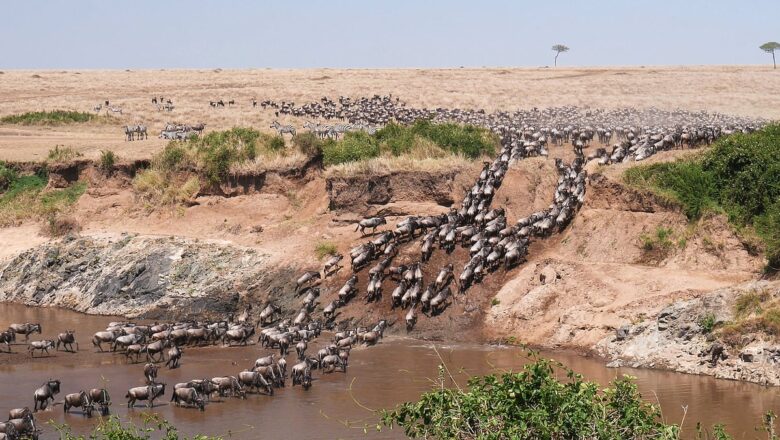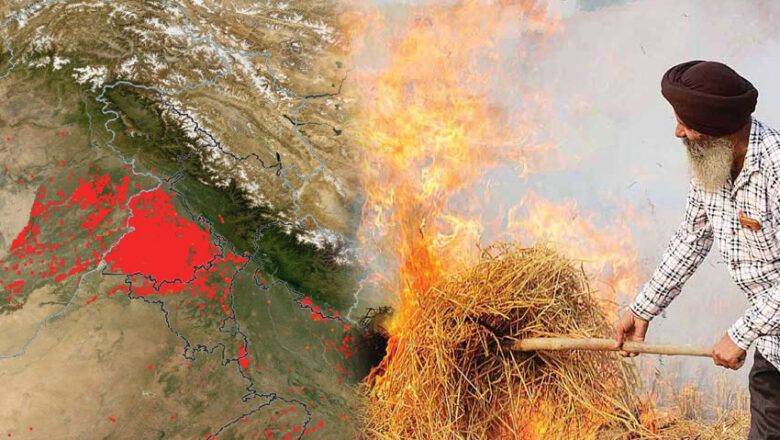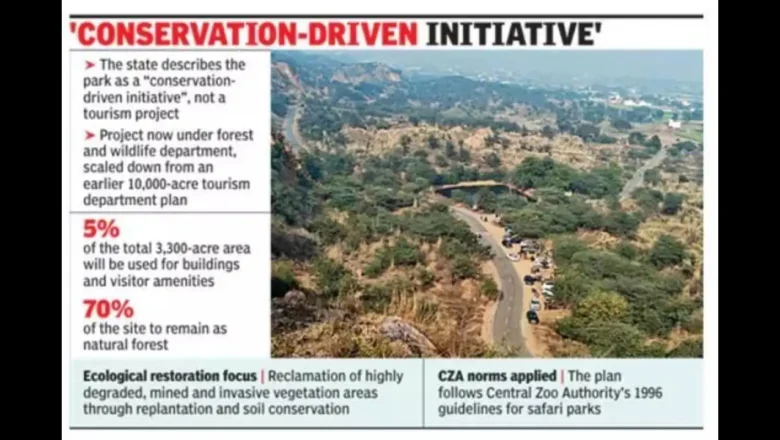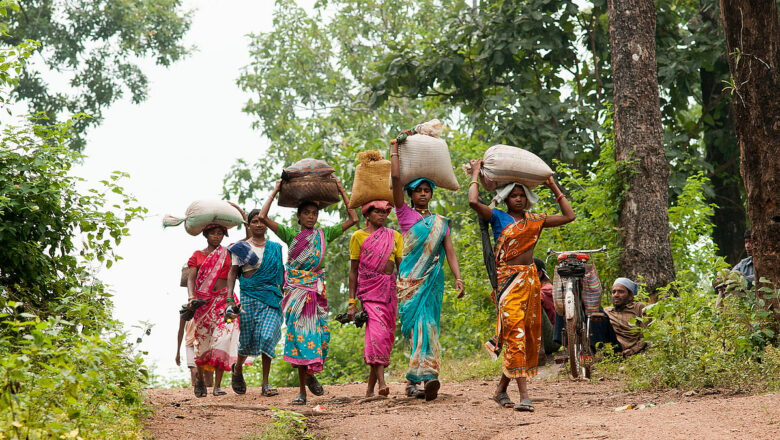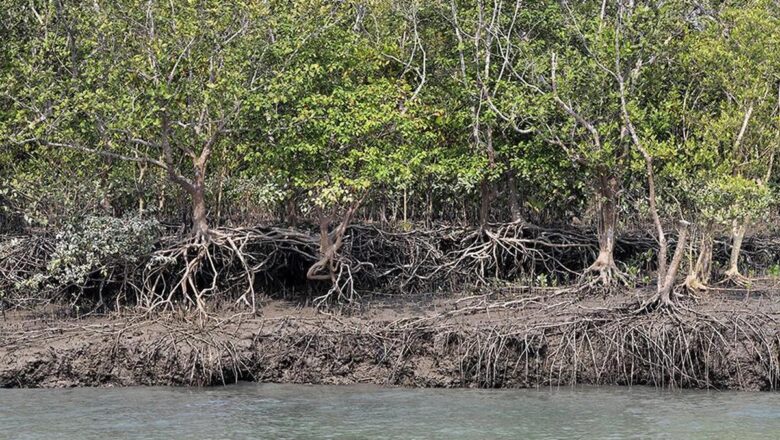
India Restores Over 22,000 Hectares of Mangroves Under MISHTI Gujarat Leads, Bengal Lags
The Union government has undertaken restoration and conservation of around 22,560 hectares of mangrove land under the Mangrove Initiative for Shoreline Habitats & Tangible Incomes (MISHTI) in the last two years, according to official data.
Launched on June 5, 2023, MISHTI aims to restore degraded mangrove forests, promote afforestation, and enhance the resilience of India coastal ecosystems. The scheme was first announced in the Union Budget for 2023–24 to strengthen coastal biodiversity and support sustainable livelihoods.
As per the Ministry of Environment Forest and Climate Change, the initiative has covered 22,560.34 hectares across 13 states and Union Territories during 2023–24 and 2024–25 through collaborative plantation and restoration efforts.
Gujarat has emerged as th...

